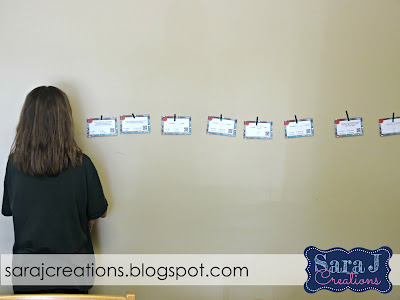Whoop-Whoop everyone!
It's your girl, Elizabeth, from First Grade Stripes!
Can I just turn up the heat a little?! Yes, I can! :)
What's the temperature in your classroom? Not literally, I'm talking about what's your teaching temperature? Is it 98.6 degrees fahrenheit? How about 100 degrees fahrenheit?
Well, my teaching temperature is 212 degrees fahrenheit! What? I know, it's like a sauna in my classroom since the minute I walk in the door to the minute I leave my classroom!
Why, 212 degrees? Well, that's the temperature of boiling water! When I teach, my lesson has to boil. It has to burn so hot that my kiddies ask for water!
We have to remember that we are someone's hero EVERYDAY! We have to put on that cape and dash to infinity and beyond (thanks Buzz Lightyear)! Our profession calls us to action, to be proactive, to make a change, and to make a difference! We have to remember that every single student in our classroom needs us to be that everyday hero! We have to teach like there is no tomorrow!
My belief is that we are all teachers from the heart. It's not a competition; it's not about which teacher is more popular, it's not about the amount of followers.
It's about a journey that we triumph together! Each of our different teaching styles make our classroom unique! Being different is so awesome sauce! When we collaborate together, it's like fireworks igniting into the air. When we unite...
we help change the world,
we help others see the true essence of teaching,
we show compassion and kindness,
we collaborate ideas to help our students
we maximum the field of education
we let others know that we are strong.
Need some inspiration? Check out this youtube video...
So, get in on the action and DO!
Our purpose is for each and every child. Bring a smile to every single face looking at you every.minute.of.the.day! You are the only one that can decide and the only one that can DO!
You are dynamic! You are awesome! You are loved!
You are a teacher!
Turn up the heat in your classroom and make it 212 degrees EVERYDAY! Print out the little quote and post it as a reminder.
Feel free to show off your 212 degrees teaching on social media using #212degreesclassroom.
A whoop-whoop shout-out to YOU for being so awesome sauce!
How do you make your classroom reach 212? What are your plans to make your classroom 212 degrees everyday?
Always know that I love you!











































